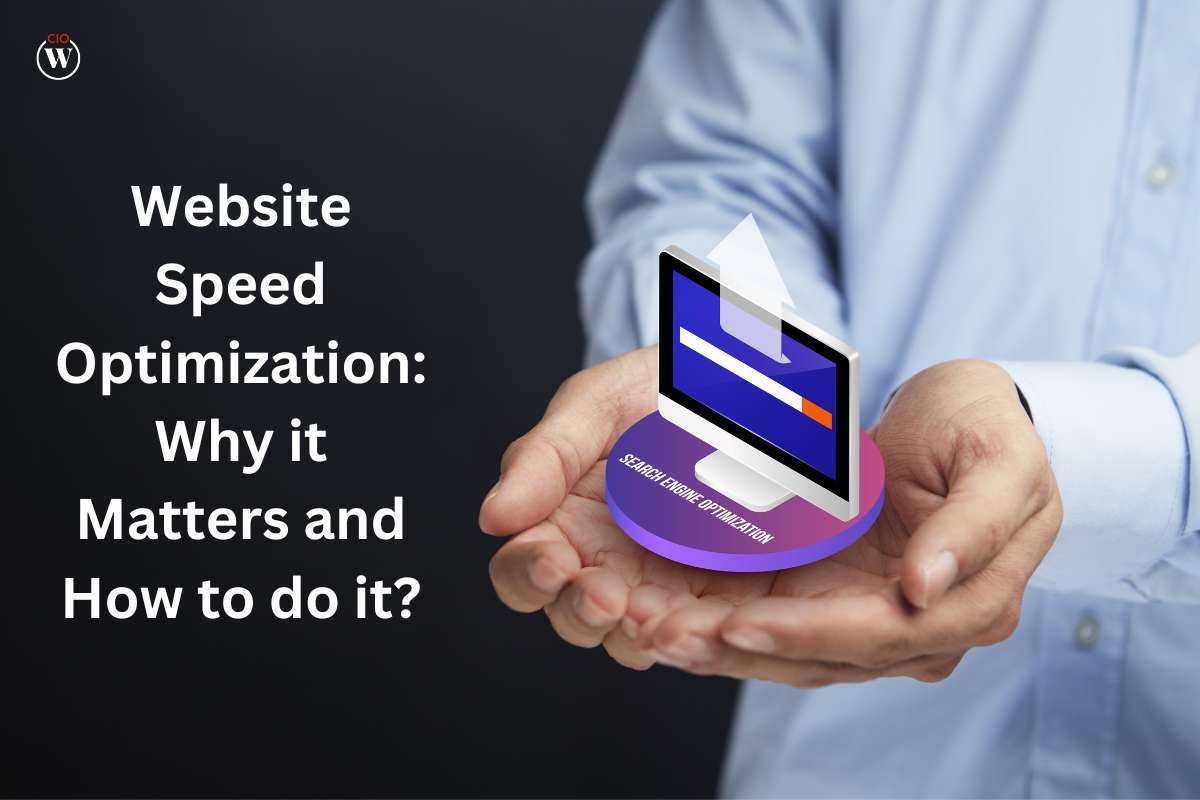Source – edition.cnn.com
Despite the International Space Station (ISS) being scheduled for replacement in the 2030s, NASA has indicated that the current orbiting laboratory will continue its operations well beyond that period. According to NASA, it will take an additional 12 to 18 months for the ISS to officially conclude its mission after it begins to drift from its regular orbit.
During this transition, NASA intends to maintain the ISS’s operational integrity for as long as possible, ensuring the crew remains on board to support the station’s upkeep and overall health. Dana Weigel, the ISS program manager at NASA, outlined these plans in a recent live-streamed briefing, emphasizing the strategy to keep astronauts on the International Space Station until approximately six months before its final reentry phase.
SpaceX’s Deorbit Vehicle: A Critical Component
NASA’s strategy for the ISS’s eventual deorbit involves a newly commissioned vehicle from SpaceX. This vehicle, which SpaceX has been tasked to develop, will play a pivotal role in managing the ISS’s controlled descent into Earth’s atmosphere. The deorbit vehicle is designed to be based on SpaceX’s existing Dragon spacecraft, which has been instrumental in delivering cargo and crew to the ISS since 2012. The new vehicle will feature an enhanced trunk section equipped with additional propellant tanks, specialized engines, and advanced avionics. This design leverages the proven technology of the Dragon spacecraft, with modifications tailored specifically for the ISS deorbit mission.
NASA’s selection of SpaceX for this crucial task involves a substantial financial commitment, with up to $843 million allocated for the development of the deorbit vehicle. This amount excludes launch costs. The decision followed a request for proposals from the aerospace community in March and September of 2023 for a “space tug” or “U.S. deorbit vehicle (USDV)” that could manage the descent of the U.S. sections of the International Space Station.
Enhanced Dragon Design for Specialized Mission
The new deorbit vehicle will build upon the successful design of SpaceX’s Dragon spacecraft, known for its reliability and extensive flight history. Sarah Walker, Director of Dragon Mission Management at SpaceX, highlighted that the enhanced vehicle will incorporate several modifications, including additional propellant tanks and specialized systems tailored to the deorbit mission’s unique requirements. The vehicle’s design will utilize NASA-certified hardware from the Dragon’s existing systems, ensuring compatibility and leveraging SpaceX’s experience with these components. The integration of familiar, proven technologies with new innovations aims to ensure a smooth transition for the ISS’s decommissioning and eventual descent.
Overall, the International Space Station will remain a cornerstone of space research and international collaboration for years to come, with NASA and SpaceX working together to manage its eventual retirement and transition from orbit.









